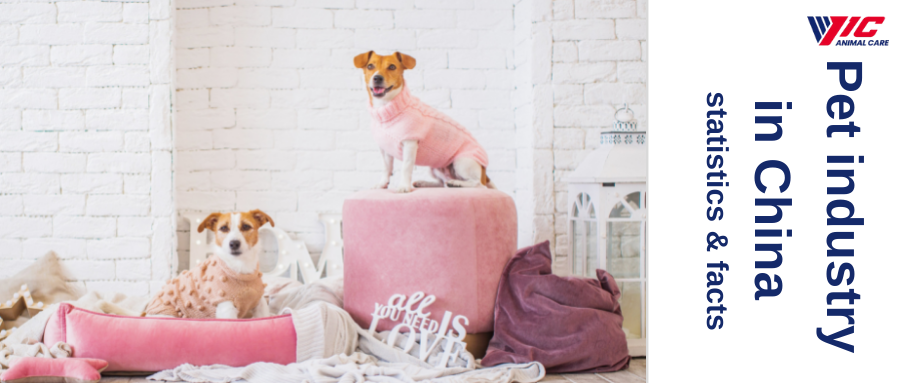
China’s pet industry, like that of many other Asian nations, has exploded in recent years, fueled by increased affluence and a declining birth rate. The key drivers underlying the expanding pet industry in China are millennials and Gen-Z, who were mostly born during the One-Child Policy. Younger Chinese are less willing to become parents than previous generations. Instead, they prefer to satisfy their emotional needs by keeping one or more “fur babies” at home. China’s pet industry has already exceeded 200 billion yuan annually (about 31.5 billion U.S. dollars), drawing numerous domestic and foreign enterprises to enter the sector.
A paw-sitive growth in China’s pet population
In the past five years, China’s urban pet population has grown by nearly 50 percent. While the ownership of some traditional pets, such as goldfish and birds, dropped, the popularity of furry animals remained high. In 2021, approximately 58 million cats lived under the same roof as humans in China’s urban households, outnumbering dogs for the first time. The ebb of the dog craze was primarily caused by canine control regulations implemented in many Chinese cities, including banning large-breed dogs and curbing dog-walking in the daytime. Ginger colored domestic cats placed highest among all cat breeds for feline admirers in China, according to a popularity poll, while the Siberian Husky was the most popular dog species.
The thriving pet economy
China’s pet food and supplies market has enjoyed spectacular growth. Today’s pet lovers no longer consider their furry friends as just animals. Instead, more than 90 percent of pet owners treat their pets as family, friends, or even children. Nearly one-third of people with pets said they spent more than 10 percent of their monthly salary on their four-legged friends. The changing perceptions and rising willingness to spend in urban households has ignited pet-related consumption in China. Most Chinese consumers consider ingredients and palatability most crucial in choosing pet foods. Foreign brands such as Mars led China’s pet food market.
Today’s pet owners not only provide their pets with high-quality foods, but also medical care, beauty salon treatments, and even entertainment. Cat and dog owners respectively spent an average of 1,423 and 918 yuan on medical bills in 2021, nearly one-fourth of the total pet spending. Furthermore, China’s pet lovers also spent a considerable amount of money on intelligent pet devices, like smart litter boxes, interactive toys, and smart wearables.
via: https://www.statista.com/
Post time: Nov-29-2022


